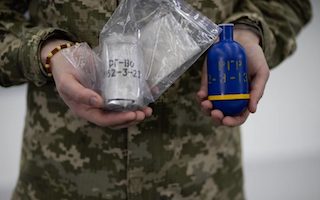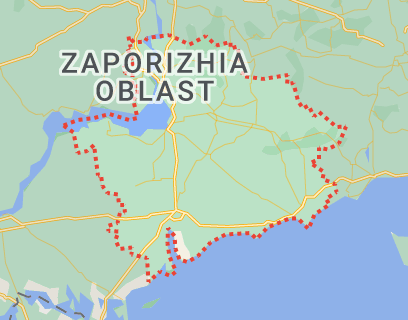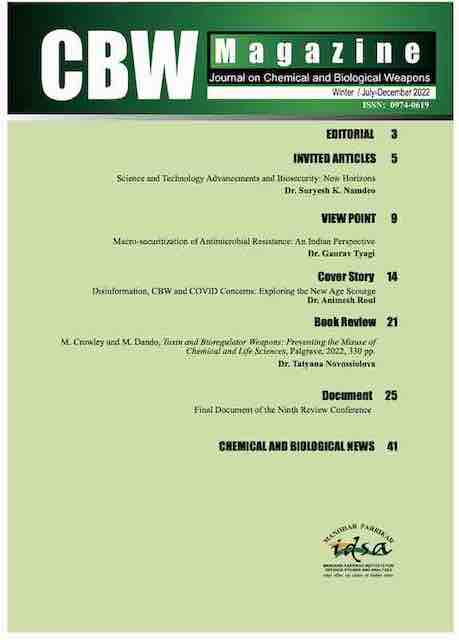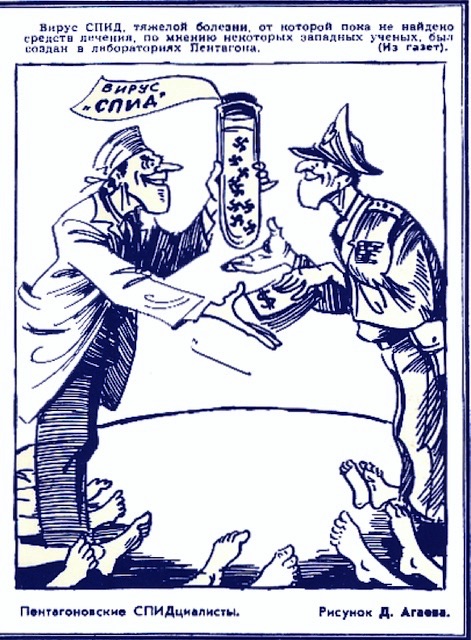Ricin Threat and the Jihadist Conspiracy against India
The Gujarat Police’s Anti-Terrorism Squad (ATS) on 8 November 2025 arrested Ahmed Mohiyuddin Saiyed, a doctor from Hyderabad (Telangana), along with firearms and nearly 4 kg of castor-bean mash, which is used to extract ricin, a bio-toxin, at Adalaj toll plaza on Ahmedabad–Mehsana Road in Gandhinagar. His call records led to the arrest of two Uttar Pradesh residents, Azad Suleman Sheikh and Mohammad Saleem Khan, in Banaskantha, Gujarat.







